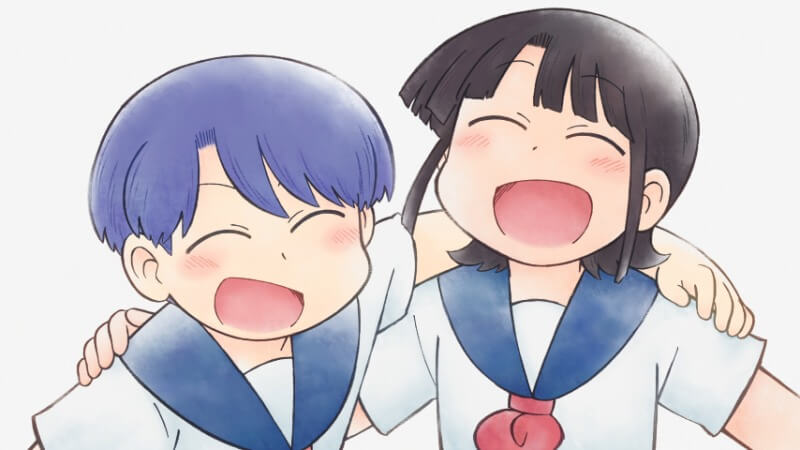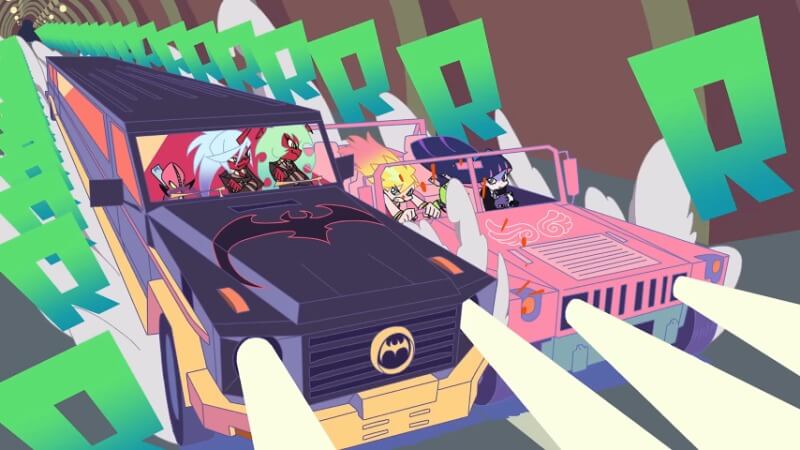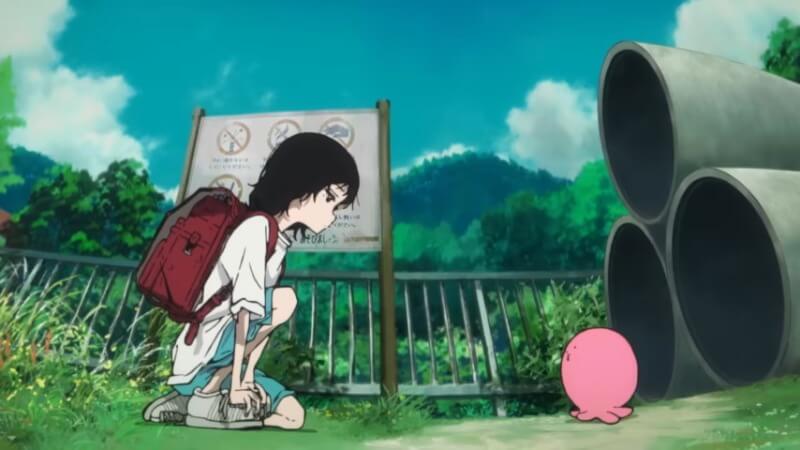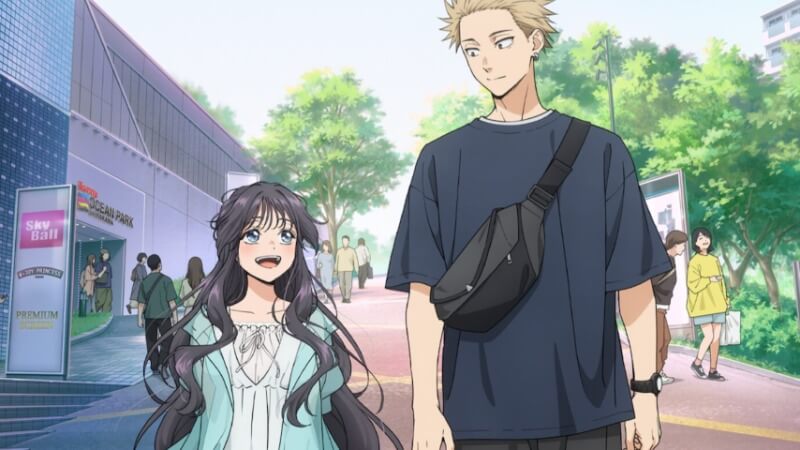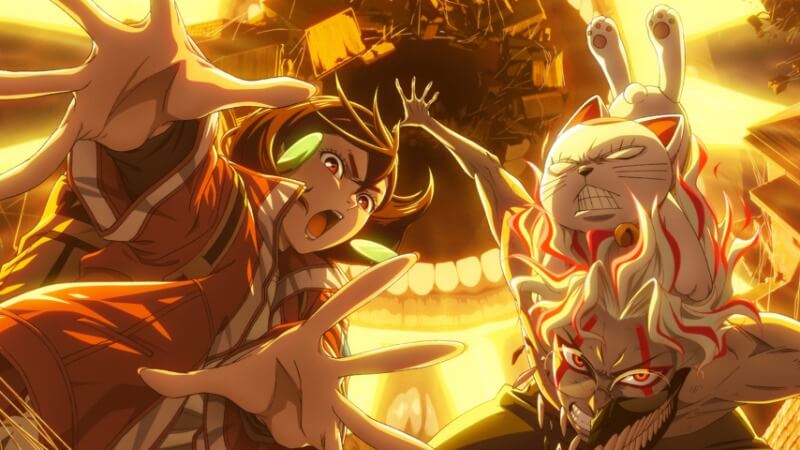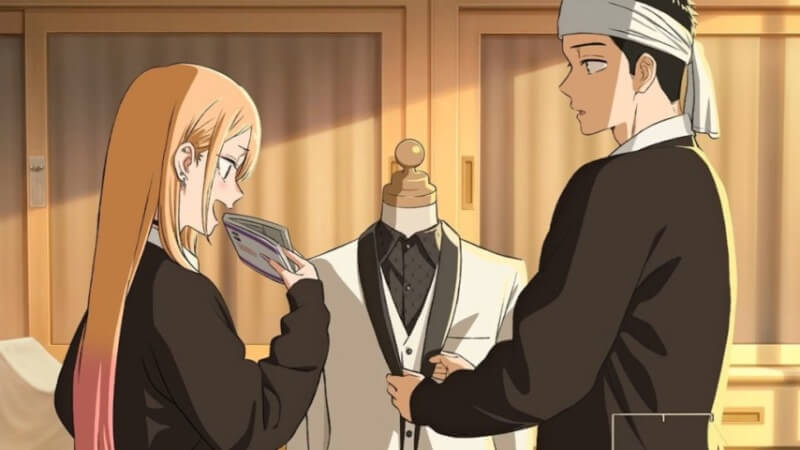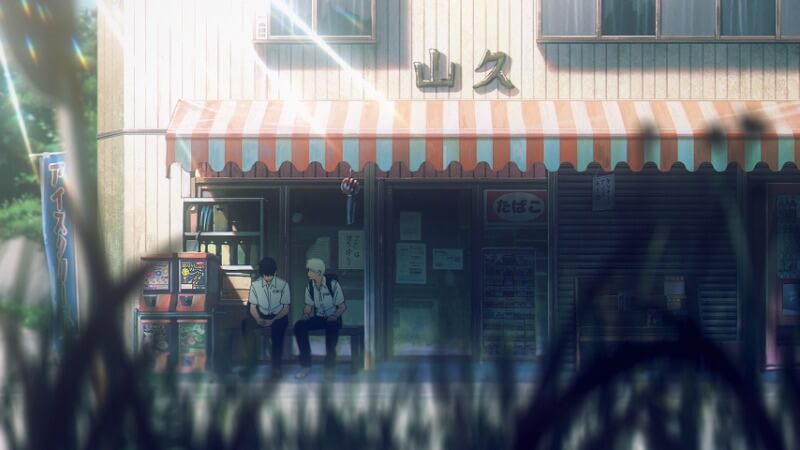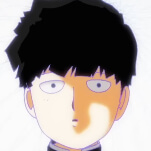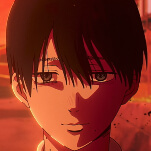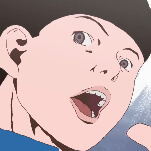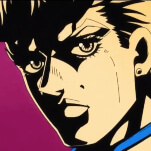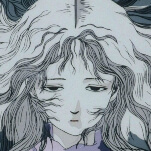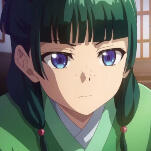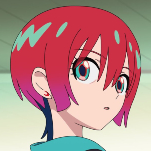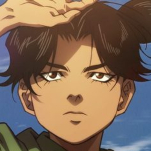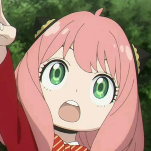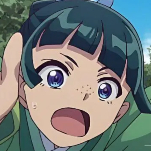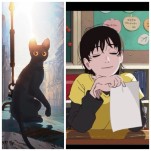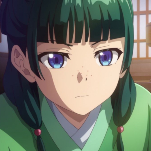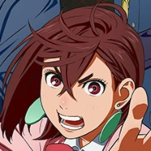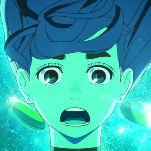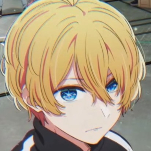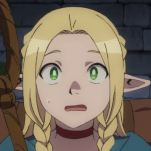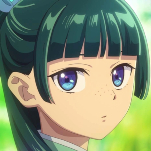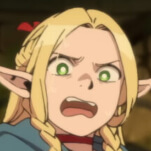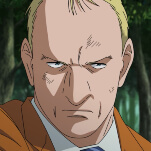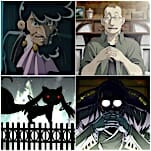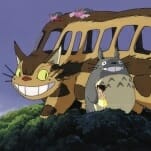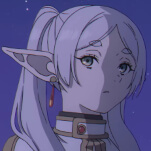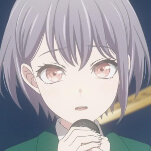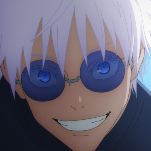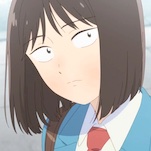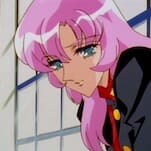The 10 Best Anime Premieres of Summer 2025, Ranked
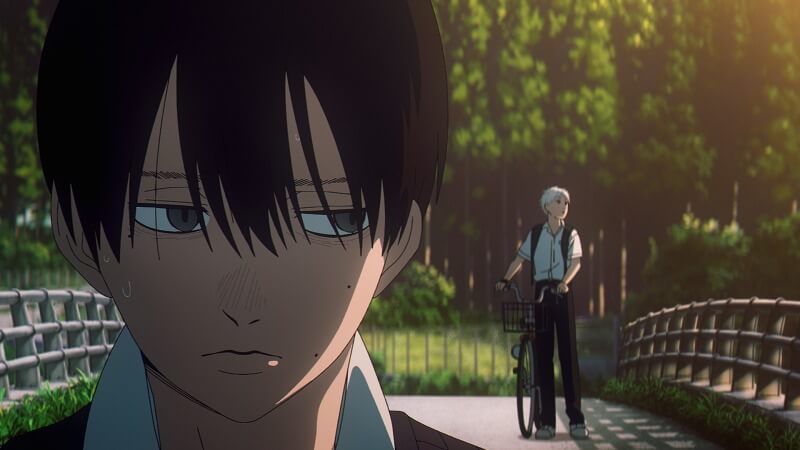
Let’s cut to the chase; this summer has an overwhelming amount of good anime. So much so that I had to make the list longer than usual! This season has promising horror stories, gag comedies, war dramas, and all flavors of romance. There’s thorny, difficult-to-discuss subject matter alongside the fluffiest fluff. There’s the return of one of the dumbest shows to ever hit the airwaves alongside explorations of gravely serious topics. There’s simply a lot of stuff. Without further ado, let’s run down the ten best anime of the Summer 2025 season, with a few honorable mentions to be extra thorough.
Honorable Mentions
Dr. Stone is a perennial honorable mention, a fun mixture of science nerd shenanigans and battle shonen flair that’s quickly approaching its final season. Do you watch Vsauce videos and enjoy characters with overpowered skills monologuing at one another? This is the anime for you.
With You and The Rain is the comfy pick of the season, one where you won’t mind that nothing happens because Fuji’s rainy days spent with her tanuki companion are sure to help you unwind. It’s cute and it’s comforting.
There’s No Freaking Way I’ll be Your Lover! Unless… is only one episode in, but it hasn’t wasted any time, skipping straight to a declaration of love. Renako is a former socially awkward girl trying her best to be more extroverted now that she’s finally made friends, but things take an unexpected turn when one of her new buddies, Mai, the most popular girl in her class, says she’s in love with her. While only time will tell if this courtship comes together, Studio Mother has already demonstrated lively animation that sells these rom-com antics.
![]()
10. City: The Animation
Fourteen years after Nichijou took the crown as the funniest anime of all time (source: me), Kyoto Animation is back with a spiritual follow-up in City: The Animation. Based on a manga from the same author, Keiichi Arawi, this premiere maintained the mixture of mundanity and absurdism that made its predecessor special, even if it hasn’t quite reached the same comedic heights yet. We follow a group of oddballs living in a city (aptly named CITY), as they go about their weird little lives. The first thing worth mentioning is that, like all of Kyoto Ani’s work, this series is a visual treat, full of bright primary colors and lively animation that consistently escalates these gags about nothing through sheer visual maximalism. As for the material itself, it’s not quite as sharp as Nichijou as of yet, even if its characters—a pair of college students, two high schoolers, and a family that runs a restaurant—are quite amusing. Even if it never reaches the sky-high bar of Arawi’s previous work, it’ll be worth watching if it comes even close.
9. Call of the Night Season 2
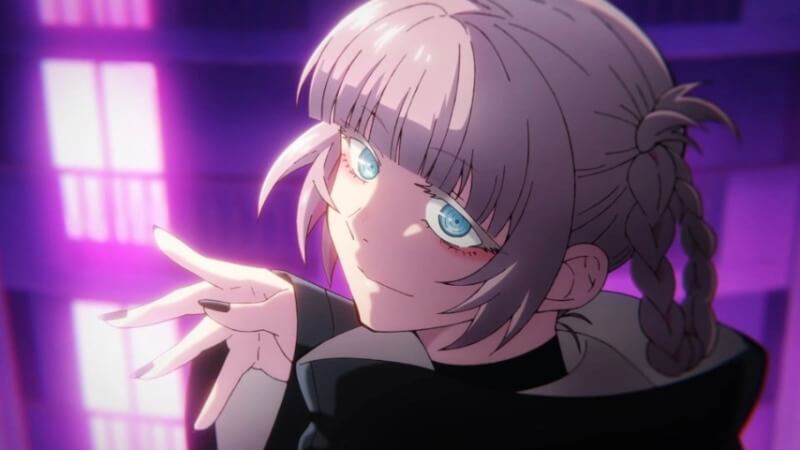
Call of the Night is back, and with it, dazzling nightscapes that make it clear why Ko sneaks out when everyone’s asleep: we’re treated to a neon purple skyline where the Milky Way is so clear and sparkling that this story must be set in an alternate universe where light pollution doesn’t exist. Oh, and there are still vampires, too. Picking up where last season left off, our central insomniac teenager, Ko, remains stuck in a tricky position where he needs to fall in love with his friend/romantic interest, Nazuna, so she can convert him into a vampire. If he doesn’t, Nazuna’s conclave of fellow bloodsuckers will kill him for discovering their secret. While some of the classic vampire age-gap weirdness is still on display in how the main character is a middle school student in a romantic entanglement with a girl who looks about his age but very much isn’t, the story mostly tiptoes around this by continuing to portray Nazuna as very immature, especially in matters of romance. Regardless, Call of the Night remains a methodically paced hangout show that happens to involve the supernatural, as its dreamy setting and incredible vibes do most of the heavy lifting: these sights make it clear why our protagonist is so dead set on disappearing into the night.
8. Leviathan
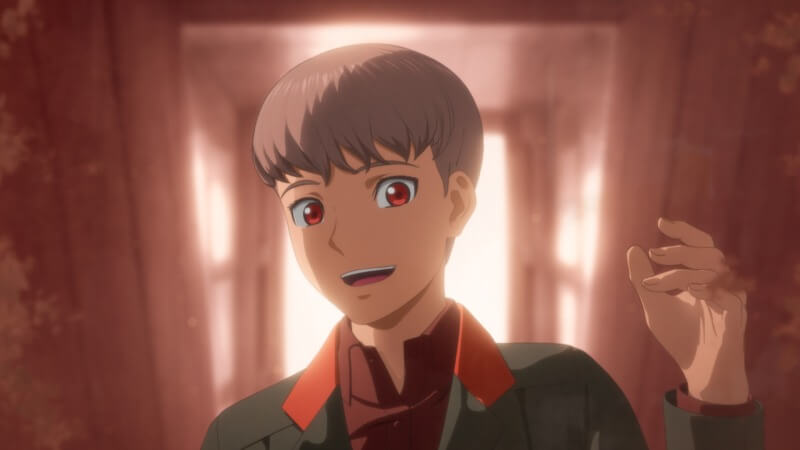
Yesterday, Netflix dropped all 12 episodes of Leviathan, which adapts a young adult novel of the same name. While it’s a bummer that studio Orange’s (Land of the Lustrous, Beastars, Trigun Stampede) latest won’t get the buzz of a weekly release, the upside is that I can actually make a definitive appraisal in these premiere lists for once: Leviathan is quite good! Tapping into a particular brand of YA war fiction, the series charts a path through an alternative telling of World War I, filled with genetically engineered creatures and mechs, while still including enough tragedy and loss to capture the pointlessness of this conflict. This strife comes across in its star-crossed protagonists from either side of the conflict, Dylan and Aleksander, who are forced to choose between friendship and perceived duty. Ultimately, the series may fall into a few somewhat predictable tropes, but its likable characters and Orange’s impressive visual execution bring this imaginative “what if” to life. [Full Review]
7. Gachiakuta
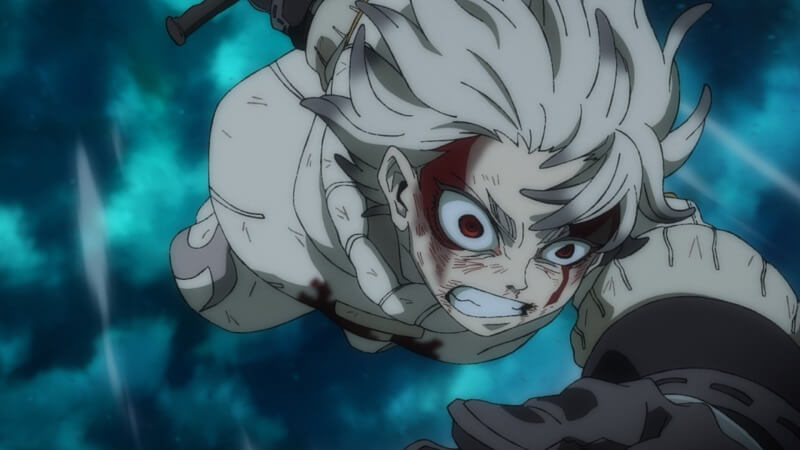
Gachiakuta has been set up as the big new battle shonen of the season, but isn’t exactly what you’d expect from that label through its first two episodes, focusing more on social commentary than fisticuffs. We watch as Rudo goes about his life as a member of the “tribesfolk,” a marginalized group who live in the shadow of the wealthy citizens on the other side of a massive wall. The statements here on social stratification, discrimination, and classism aren’t particularly subtle, but honestly, they don’t need to be, because the underlying anger towards these conditions is quite justified. One particularly cruel detail is that the entire slum is situated on an incline, so the gallows at the bottom are always visible—a grim reminder about where you go if you step out of line.
After Rudo is framed for a crime he didn’t commit, he ends up in The Pit, a hellscape full of trash monsters and humans who want to kill him, causing him to swear vengeance on those who sent him here. From here, the show transitions into the type of action set pieces you would expect, delivered in frenetic cuts of animation that are quite characteristic of Bones Film. Ultimately, it remains to be seen whether Gachiakuta will channel its protagonist’s anger towards something productive, or if this rage is only there for edgelord moments aimed at teenagers, but it’s probably fair to assume it will look good in the process regardless. [Full Essay]
-

-

-

-

-

-

-

-

-

-

-

-

-

-

-

-

-

-

-

-

-

-

-

-

-

-

-

-

-

-

-

-

-

-

-

-

-

-

-

-

